Medical Device Import Registration (FORM MD-14, FOR MD-15) has been issued by the Central Drugs Standard Control Organization (CDSCO) to an Indian importer & foreign manufacturer of medical devices and diagnostics having a registered office in India. Get End to End support from Agile Regulatory's experienced medical professionals and pharmacists in getting MD-15 and CDSCO MD Online registration.
10000 +
Projects Completed for Our Respected Clients.
15 +
Years Experienced Advisors in Indian Compliance.
98.9%
Project Delivery Ratio for Our Valuable Clients.
99.9%
Satisfied Customers All Over India.
In recent times, India has emerged as a frontrunner in the pharmaceutical sector, presenting limitless prospects for growth in both production and research endeavours. Nevertheless, in a scenario where a nation possesses adequate capabilities to generate and formulate medicines, it becomes imperative for the Indian government to implement specific measures to curb the irresponsible utilization and misrepresentation of pharmaceuticals and cosmetic products. Consequently, a distinct set of regulations and guidelines has been instituted by legislation, regularly updated to enhance international trust in Indian pharmaceutical enterprises.
Therefore, the Drugs and Cosmetics Act from 1940 along with its corresponding regulations from 1945 granted the authority to issue licenses for manufacturing, selling, importing, exporting, and distributing drugs, cosmetics, and medical devices throughout the entire span of India. Presently, over 30 different categories of medical devices have been placed under the umbrella of regulation and notification as per the guidelines outlined in the Drugs & Cosmetics Act of 1945.
The Central Drugs Standards Control Organization (CDSCO) holds the authoritative role in approving applications for granting permission to import medical devices into India. To bring in medical devices that have been officially designated, an import license in the form of MD-15 is essential and can be acquired from the CDSCO, in accordance with the provisions laid out in the Medical Devices Rule of 2017.
For importing designated medical devices, both the manufacturing site and the devices themselves need to be registered with the CDSCO. The process of obtaining the import license for medical devices necessitates the completion of Form MD-14 and its submission to the CDSCO. This endeavour must be facilitated by an authorized Indian agent who is required to possess a license either for manufacturing (with intent for sale or distribution) or for wholesale activities (sale or distribution) in alignment with the prescribed regulations.
To initiate this procedure, the designated agent is responsible for making an application for the grant of the import license. This application is facilitated through the Sugam online portal, as stipulated by the official procedure.
Foreign Manufacturers intending to import medical devices into India are required to secure a Medical Device Import Registration Certificate, a process that mandates the appointment of an authorized Indian representative. This representative must hold a valid Medical Device Wholesale License (for sale or distribution) or a wholesale license (for sale or distribution) in accordance with the regulations outlined by the CDSCO. Additionally, this appointed representative holds the responsibility of initiating the application process for both the approval and subsequent renewal of medical device registration for import purposes within India.
Ensuring Product Quality and Safety: The primary objective of manufacturing medical devices is to offer patients devices that are both safe and of superior quality. The certification from CDSCO guarantees that these devices undergo thorough testing to identify vulnerabilities and assess their operational lifespan, thereby confirming their safety and quality. Hospitals bear the responsibility of confirming that each device functions flawlessly and is devoid of any harmful repercussions, as doubtfulness can pose significant risks. The regulatory body responsible for scrutinizing these devices invests months in the approval process, establishing patients' confidence in the authenticity and reliability of their medical equipment.
Address Substantial Requirements: India stands as a significant market for medical device production, drawing manufacturers from various global regions. In order to address the substantial demands, the Indian government heavily leans on foreign producers. Given the multitude of available products, the regulatory authority is leaving no room for compromise in product quality. This explains why the regulatory body has been established to address and correct instances of moderate and subpar product quality.
Facilitate Uninterrupted Post-Licensing Surveillance: The Drugs and Cosmetics Act mandates manufacturers and distributors to give utmost importance to adhering to the provisions of the Act, thereby guaranteeing on-site assessments of medical devices. Through obtaining a registration license, manufacturers can assist the audit team in pinpointing possible flaws, thereby sidestepping penalties for violations. This approach guarantees adherence to regulations and upholds patient safety.
Legal Safeguard through Adherence: As the requirement to obtain a manufacturing license for medical devices has been established as obligatory, domestic manufacturers in the nation found themselves continually compelled to uphold conformity with the stipulated regulations. Nonetheless, those who diligently maintain adherence to these regulations and directives need not be overly concerned. Their primary task involves preparing and distributing their products in alignment with the prescribed guidelines, and the subsequent management will naturally follow suit.
Step 1: Categorization of the Medical Devices: The initial phase of importing a medical device involves determining whether it necessitates registration according to the Medical Device Rules of 2017 and ascertaining its classification as either a regulated or non-regulated item. In cases where registration is obligatory, an assessment of the medical device must be conducted based on the risk-oriented categories mentioned earlier.
Step 2: Nomination of an Authorized Representative: In the pursuit of acquiring a medical device import license, a foreign manufacturer is precluded from directly making an application. The regulations mandate that the manufacturer does not have the authority to directly approach CDSCO for application submission.
Consequently, the manufacturer is mandated to collaborate with an authorized licensing agent, who could be either an entity or an individual. In this context, the manufacturer must confer power of attorney upon this agent, empowering them to apply in the manufacturer's stead, as well as interact with the licensing authority, presenting necessary data and documents on the manufacturer's behalf.
Step 3: Submission of Application using Form MD-14: Any importer of medical devices desirous of obtaining registration through the online portal must do so by filling out Form MD-14 with all necessary attachments. But, where the intent of the manufacturer/importer behind obtaining the registration is for training or research purposes, an application must be submitted in the form MD-16 for which the corresponding license certificate shall be issued in form MD-17.
Before initiating this application on behalf of the foreign manufacturer, the authorized agent of the importer must possess a Form 20 license for stock and sale, along with a Form 21 B license for sale and distribution under the framework of the Medical Device Rules of 2017.
Step 4: Grant of MD Import Registration in Form MD-15: After the examination of the application if the approving authority is of the view that the applicant's medical device in question is genuine, and manufactured in line with the pre-specified guidelines, then it may grant the registration followed by a notification to the applicant in the form MD-15. Any approval or rejection of the application shall be notified through the registered email ID.
In a similar vein, if the intention is to import investigational medical devices for treatment at government hospitals or statutory medical institutions, the application should be prepared in form MD-18. The corresponding license will then be acquired via form MD-19. Furthermore, for the import of medical devices in limited quantities meant for personal use, the appropriate course of action involves submitting an application using form MD-20. Following this, authorization will be granted under form MD-21.
The authorization for importing medical devices, granted in the form of MD 15, remains valid indefinitely, meaning it is upheld permanently, as long as the requisite license retention fee is duly paid at designated intervals as outlined in the Second Schedule. The fee for retaining the license needs to be settled before the conclusion of every 5 years from the license issuance date unless any suspension or cancellation by the Central Licensing Authority occurs
Obtaining the Medical Devices registration could be a bit challenging due to the complex process of the documents required and the processes involved. However, with the right amount of guidance and consultation, you could easily acquire Medical Device registration within the prescribed time. At Agile Regulatory we are committed to helping budding entrepreneurs by enabling them to acquire business licenses smoothly and carry on their business.
To initiate the process of importing medical devices into India, you need to complete form MD-14 as the application. Subsequently, to secure the actual medical device import license from CDSCO, form MD-15 is required.
The medical device import license retains its validity indefinitely, contingent upon the regular payment of the license retention fee. This fee must be settled periodically, ensuring that it is paid before the culmination of every 5-year interval following the issuance date of the license by CDSCO.
The essential documents for procuring a medical device import license encompass a wholesale license, a power of attorney, a free sale certificate, a device master file, and a site master file.
.The requisite fee amounts to $1000 or its equivalent in Indian currency for the facility, along with an additional $50 for each product.
In India, a Central Drugs Standard Control Organization (CDSCO) MD-15 Import License is required to import most medical devices, that is, Class A (sterile/measuring), B, C, and D devices.
In India, MD-14 is the import license application filed with the Central Drugs Standard Control Organization (CDSCO) for an import license for a medical device, and MD-15 is the import license issued by the CDSCO after approval of the MD-14 application, allowing legal import into India of the mentioned medical devices.
The fee for an Indian medical device license depends on the license type (import, manufacturing, or wholesale/distribution) and the risk classification of the medical device (Class A, B, C, or D) and ranges typically from INR 3,000 for a wholesale/distribution license to several thousand USD (or their equivalent in INR) for import/manufacturing licenses, with extra fees per unique device
The price of an MD-15 import license in India is typically between INR 83,000 and INR 2,49,000 per manufacturing facility, along with INR 4,150 to INR 1,24,500 per unique medical device, based on its risk class (Class A, B, C, or D) and whether it is an IVD device.
To apply for an MD-14 license in India, you must first hire an Indian Authorized Agent (who is possessing an MD-42 or wholesale/manufacturing license), thereafter collect exhaustive documents (Power of Attorney, Free Sale Certificate, Device Master File, Plant Master File, ISO 13485, and other quality/regulatory certificates of the country of origin), and lastly, your authorized agent will submit your application along with the fees via the CDSCO Sugam online portal.
The India medical device license fee differs widely depending on the license type (manufacturing, import, or wholesale/distribution) and risk class of the device (Class A, B, C, or D), from as low as INR 3,000 for wholesale/distribution (MD-42) to potentially several thousand USD (or their equivalent in INR) per site and per unique device in the case of import and manufacturing licenses, with increased fees for the more risky devices.
Proven 4-step Process: Consultation, Documentation, Submission, and Certification.
Startups to large enterprises, we deliver end-to-end solutions business compliance needs.




15 +
15+ Years Experience in Compliance.

4.8
Rated 4.8 by Customers Nationally.

5000+
Trusted by 5000+ Clients Across India.

75 +
75+ Experts Specialized in Indian Compliance.
What our customer says about us
Fantastic support from the team. Their expertise transformed our approach, driving remarkable outcomes. A must-have partner for businesses seeking effective consulting solutions. Highly recommended.
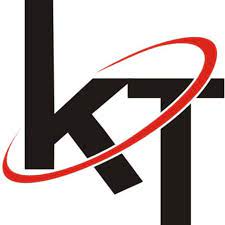
Lavkush Sharma
KTPL Instruments
Agile Regualtory delivers exceptional solutions. Their insightful guidance streamlined our processes and boosted profitability. Highly recommended for businesses seeking expert consulting services to thrive.
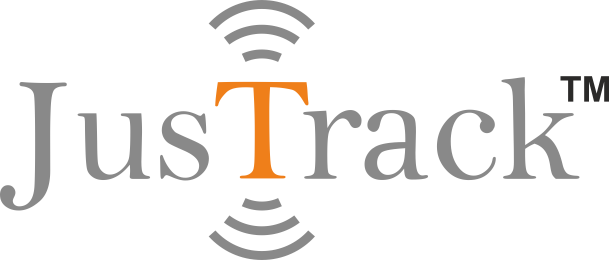
Nitin Mukesh
Justrack IOT
Impressed by Agile Regulatory's expertise. Their strategic insights and practical solutions have elevated our business operations. A reliable partner for effective consulting services. Highly recommended for growth-focused businesses.
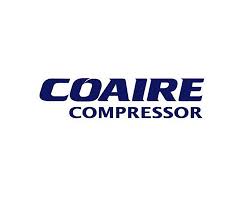
Pradeep Varma
Coaire Compressor
Extraordinary consulting services. Their insightful solutions and dedicated team reshaped our business, driving remarkable improvements. Highly recommend it for transformative results.
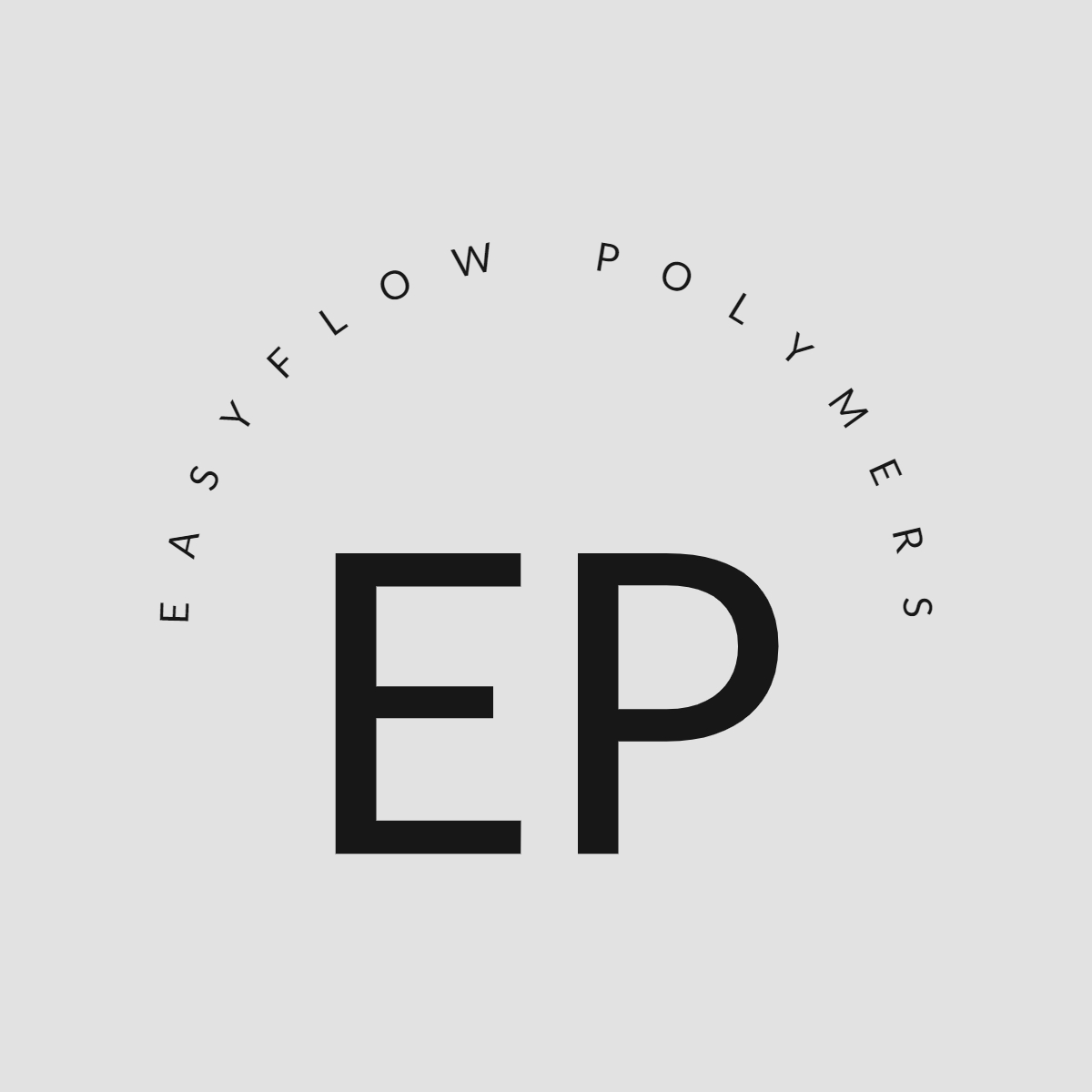
Bharat Bachwani
Easy Polymer
Incredible experience with Agile Regulatory. Their innovative strategies and expert advice revitalized our business model, resulting in impressive growth. Highly recommend their exceptional consulting services.
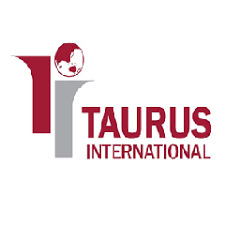
Atul Jain
Tarus International
Top-tier consulting! offered strategic solutions that revolutionized our approach. Their deep expertise and personalized guidance made a significant impact on our success. Highly recommend their services.

Paramjeet Singh
Anchor Weighing
Agile Regulatory exceeded expectations! Their tailored solutions, expertise, and proactive approach led to remarkable results. Highly recommend for businesses seeking impactful and strategic guidance.
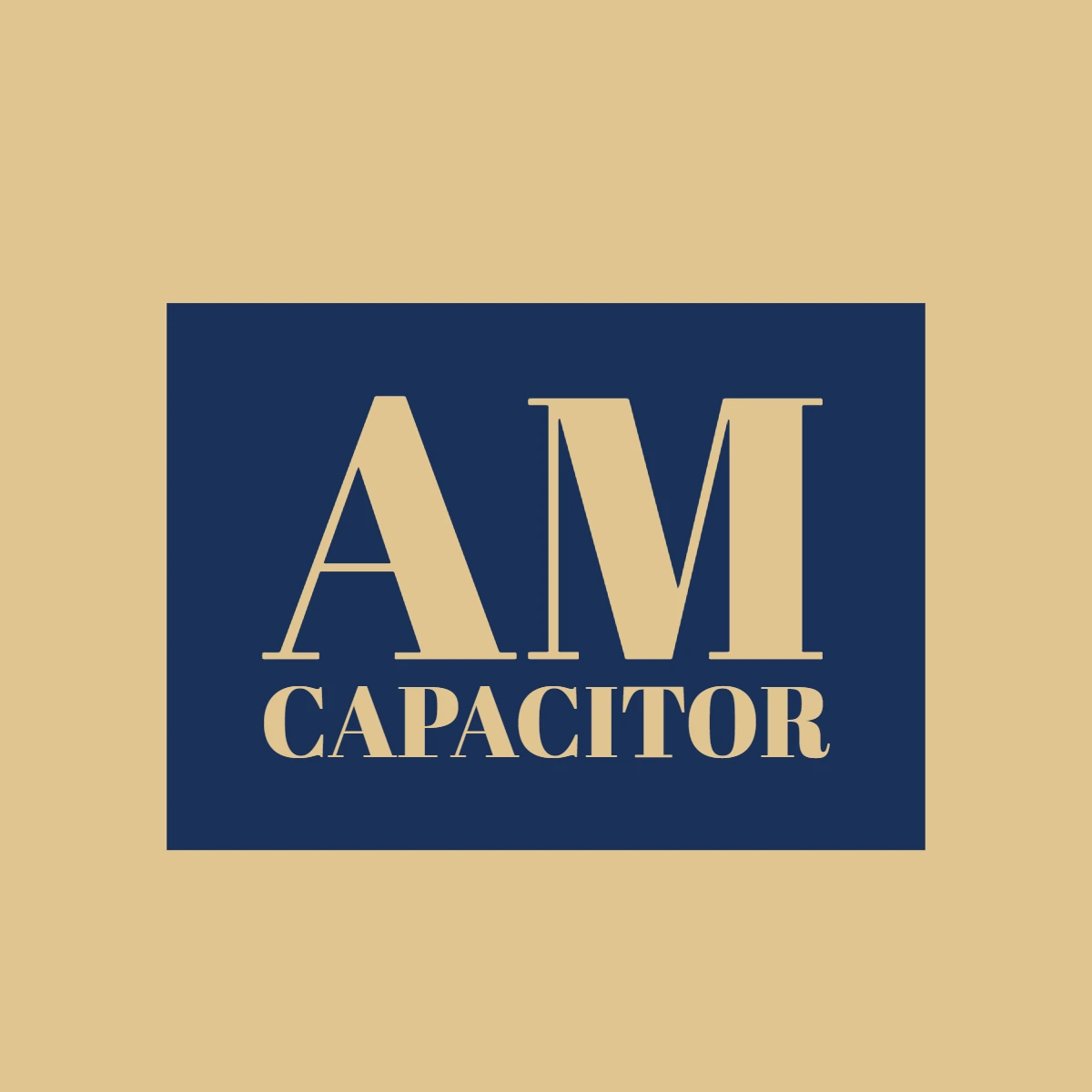
Anshul Rathi
AM Capacitor
Outstanding service! delivered targeted solutions with professionalism and expertise. Their insights elevated our business strategies, resulting in noticeable growth. Highly recommended for exceptional consultation.
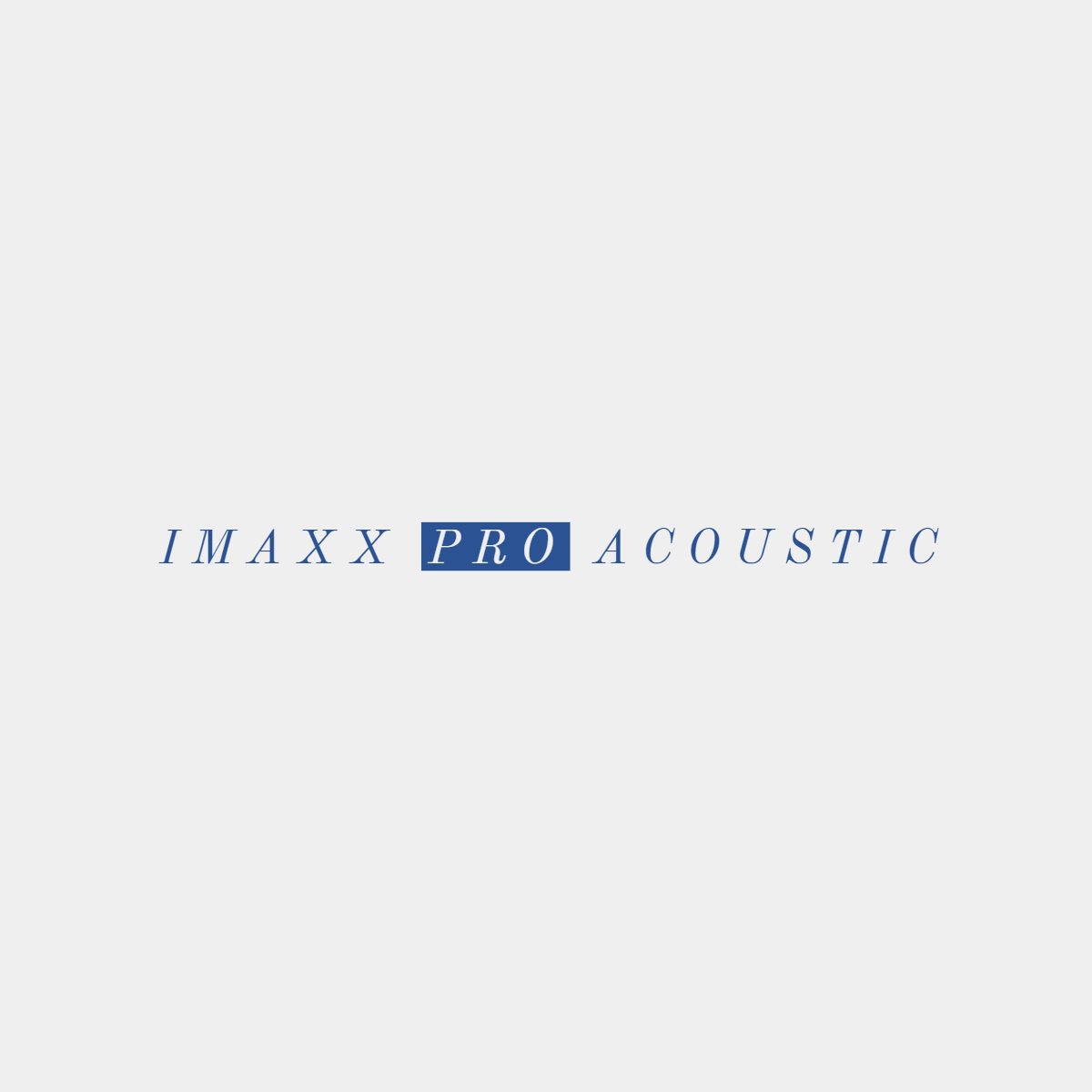
Shekhar Maurya
Imaxx Pro Aquistic